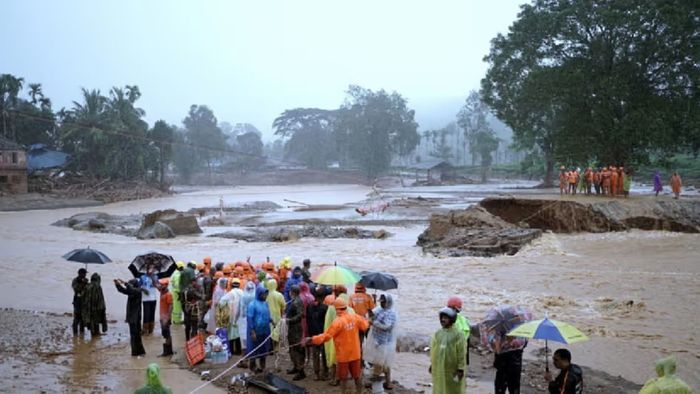Climate change intensified deadly Kerala landslides, study finds
A study by World Weather Attribution reveals that human-caused climate change increased the intensity of rainfall leading to deadly landslides in Kerala's Wayanad district by about 10%. The study calls for urgent global and local actions to mitigate future disasters.

- Aug 14, 2024,
- Updated Aug 14, 2024, 4:48 PM IST
A recent study by World Weather Attribution (WWA) revealed that human-caused climate change increased the intensity of rainfall that triggered deadly landslides in Kerala's Wayanad district by approximately 10%. The research, conducted by 24 international scientists, classified the July 30 downpour as a "once in 50-year event."
The study emphasised the growing frequency of heavy single-day rainfall events in Kerala, attributing this trend to climate change. Such extreme weather occurrences, once rare, are now expected roughly every 50 years due to 1.3°C of global warming.
Researchers warn that without a shift from fossil fuels to renewable energy sources, these intense rainfall events will likely become even more severe. Climate models predict a further 4% increase in rainfall intensity if global temperatures rise 2°C above pre-industrial levels.
The Wayanad district's vulnerability to landslides has been exacerbated by factors beyond climate change. A 62% decrease in forest cover since 1950 and extensive quarrying for building materials have made the region more susceptible to land displacement during heavy rains.
Mariam Zachariah, a researcher at Imperial College London's Grantham Institute, described the Wayanad landslides as "a catastrophic example of climate change playing out in real-time."
While the rainfall was forecasted and some villages evacuated the high casualty count suggests that warnings failed to reach many residents or lacked specific details about potential impacts in particular areas.
The study has recommended several measures to mitigate future disasters:
1. Conducting rigorous landslide risk assessments
2. Improving early warning systems
3. Restricting construction in hillside areas
4. Minimising deforestation and quarrying
5. Enhancing evacuation protocols
As extreme weather events become more frequent and intense due to climate change, the researchers stressed the urgent need for both global action to reduce greenhouse gas emissions and local adaptation strategies to protect vulnerable communities.